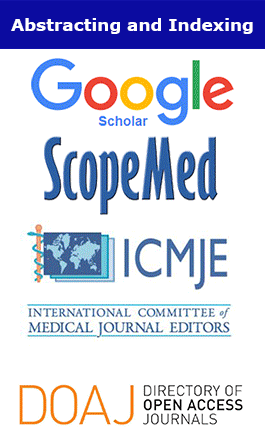Progress in Medical Sciences. 2021;
5(2):(72-231)
Tuberculosis in Swine: Prevalence and Basic Diagnostic Approach
Jirata Shiferaw
Abstract
Tuberculosis (TB) occurs in all vertebrates and some cold-blooded animals. It occurs worldwide and the
disease in domestic species and people occurs less often than in developing countries. The causative organism,
Mycobacterium tuberculosis, is subclassified into several types: human, bovine, and avian. The avian type is
called M. avium (or M. avium complex) which affects mainly birds but is also found in the environment. Pigs
rarely become infected with the human types (M. tuberculosis) or bovine (M. bovis) but are often infected
with M. aviumcomplex. The M.avium complex also causes non-progressive, sub-clinical illnesses in healthy
people. Mycobacterium avium serotypes 1, 2, 4, 5, and 8 were isolated from tissues of affected animals. These
serotypes are responsible for approximately 85% of the mycobacterial infections found in swine as the reported
from the United States. The epidemiology of swine tuberculosis in Ethiopia and its pathology and pathogenesis
were not well studied. Even, a few articles published from Ethiopia were only targeted to the central areas of
the country where some swine farms for foreigner’s consumption. The low report is due to fewer consumption
habits of pork in Ethiopia. Due to traditional and religious aspects that protect many peoples from eating pork,
a very low production system of swine. Therefore, this minireview was designed to address the prevalence and
diagnostic approach for swine tuberculosis in Ethiopia.

